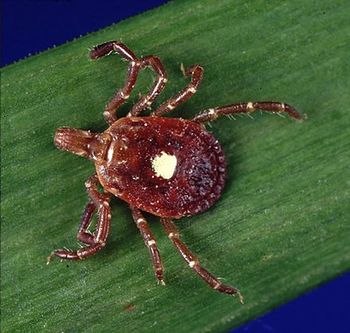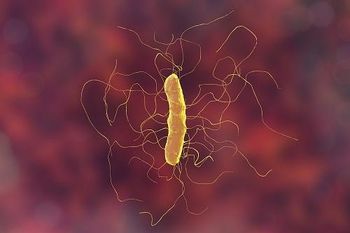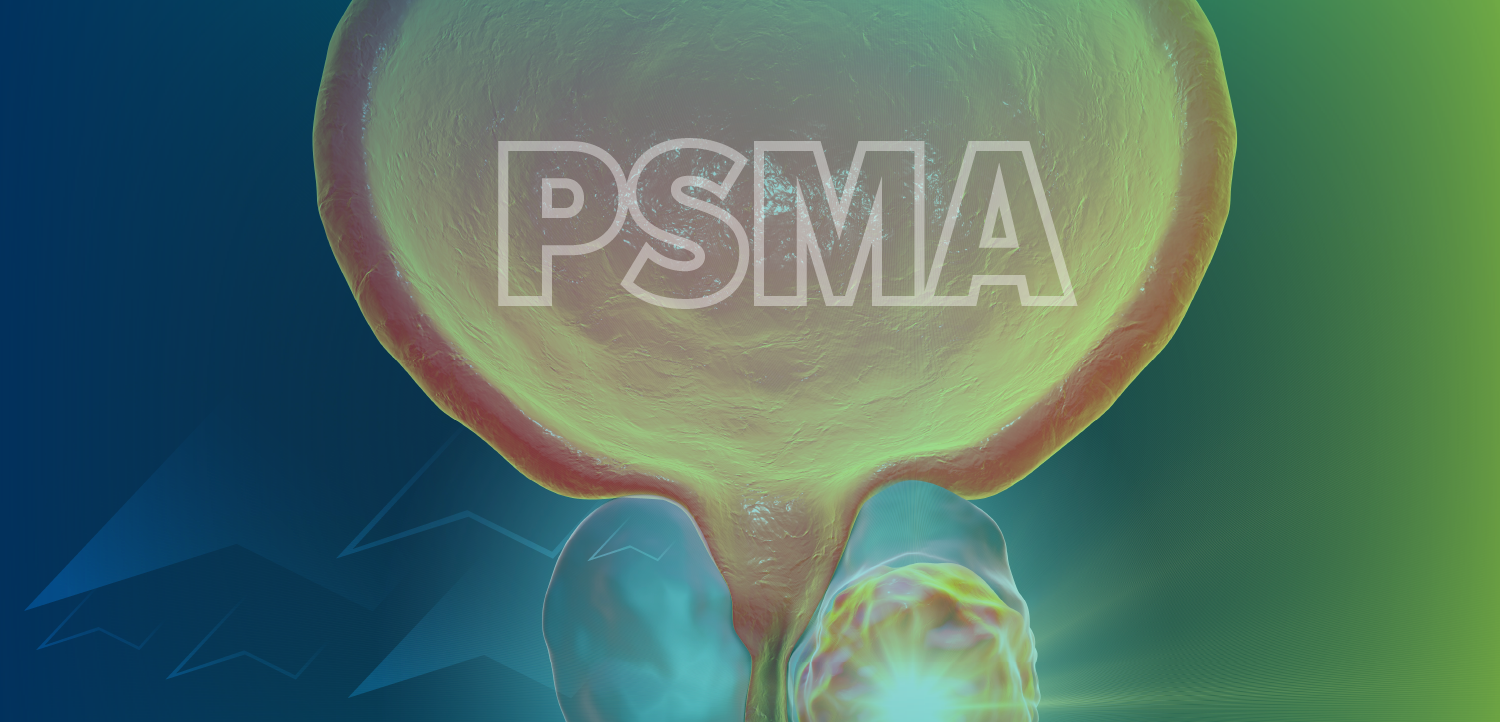Pertussis (whooping cough) is a bacterial infection caused by the bacterium Bordetella pertussis, and is spread through respiratory droplets when an infected person coughs or sneezes.1
In the US, there were 35,435 reported cases of pertussis last year—the highest number in more than a decade. For comparison, there were 7,063 cases in 2023.2
Through the first 3 months of 2025, there was about 6,600 cases already, which is almost 4 times the number reported during the same period last year.3
Sharon Nachman, MD, chief of pediatric infectious diseases at Stony Brook Children's Hospital, says the initial clinical presentation of pertussis looks much like other respiratory illnesses.
“You feel sick; you have a fever, runny nose, cough, fatigue, and it's only after that initial early stage that you start coughing a week or two later,” Nachman said. “So we really don’t know you have pertussis when you’ve got those early symptoms. That means you're going back to school; you're going to work; your child’s going to daycare, and they have the sniffles, a sore throat, and some aches.”
She says that pain relievers such as acetaminophen and ibuprofen may make patients feel better, but over time, the fever continues and the whooping cough begins—by which time, it’s too late for early intervention.
“By then, it’s actually too late for antibiotics to make a difference. People also think that antibiotics are going to get rid of your cough. But the cough is toxin-mediated, which means that while you kill the bacteria that started this whole process, you don’t get rid of the toxin,” Nachman said. “And that toxin is just dangerous for your lungs and takes weeks and weeks to clear. But the damage is done. The reason we use antibiotics—believe it or not—is not just to stop more bacteria from producing toxin, but also to stop you from being infectious. And that’s really important, because the last thing we want is for you to infect more and more people.”
Pertussis Symptoms
The telltale sign of pertussis is intense coughing episodes that can last for several weeks or even months. Symptoms of pertussis can include:
Cold-like symptoms initially: Runny nose, mild fever and mild cough can occur for the first one or two weeks.
Severe coughing spells once the infection progresses: Coughing is often followed by a characteristic “whoop” sound as the child gasps for air.
Vomiting: Forceful coughing can sometimes cause vomiting, especially in infants and young children.
Fatigue: Extreme fatigue and exhaustion can be caused by the intensity of the coughing episodes.
Pertussis is highly contagious. “It can go on to infect between 12 and 17 unvaccinated people when you come into close contact with someone who has pertussis,” Nachman said. “If you’ve not been vaccinated and you’re traveling to a country where we see a lot of pertussis, and you're in a crowd, you are highly likely to come back with pertussis.”
Although pertussis can affect people of all ages, it is most common in infants and young children who have not been fully vaccinated. Babies under one year old are at the greatest risk for severe complications and mortality. Last year, 10 people died from pertussis, and 6 of them were under the age of one.
Because of the burden pertussis places on the youngest population, Nachman stresses the importance of vaccination—starting with pregnant mothers and continuing with babies.
“We give it to pregnant women so that they will make a good antibody response and help protect their infants, particularly those who are born at full term,” Nachman said. “We give it to infants at 2, 4, and 6 months, and then again at 12 to 15 months, because we know that an infant who gets pertussis has the worst outcome. They basically do the worst—and, in fact, some of those infants do die.”
"If you're getting this subunit vaccine, over time your antibodies can wane, particularly if you're not being exposed to the disease," Nachman said. “So we want to give you a booster so that you remember how to make these antibodies, and when you see a pertussis case, you don’t get infected. And we give pertussis vaccines about every 10 years or so to children. This way, we know they’re safe in those ages that are most at risk.”
Throughout her career as a pediatrician, Nachman has seen some of the debilitating and life-altering effects that pertussis can cause.
“Children with pertussis cough so much that they can have bleeding on their face, in their eyes, and in their lungs—and that is quite scary to see.”
She also says some pertussis patients can develop chronic lung issues, including asthma.
“We don’t have good numbers on how many of those children with asthma had pertussis as the inciting event that led to their asthma. Asthma is a diagnosis we make later—not in those first few months of life—and unless you know to link the two and have tested for pertussis in that first year, we can’t say how often it happens. But in prospective data, those kids who had pertussis and were followed by our pulmonary colleagues—far too often, we’re seeing kids with chronic lung disease among those who got this infection early.”
References
1.About Whooping Cough. CDC. April 2, 2024. Accessed May 14, 2025.
https://www.cdc.gov/pertussis/about/index.html
2. 2024 Provisional Pertussis Surveillance Report. CDC. February 3, 2025. Accessed May 14, 2025.
https://www.cdc.gov/nndss/infectious-disease/weekly-and-annual-disease-data-tables.html
3. Dyer O. Whooping cough: Cases soar in US. BMJ. 2025;389:r704. Published 2025 Apr 8. doi:10.1136/bmj.r704

































































































































































































































































































